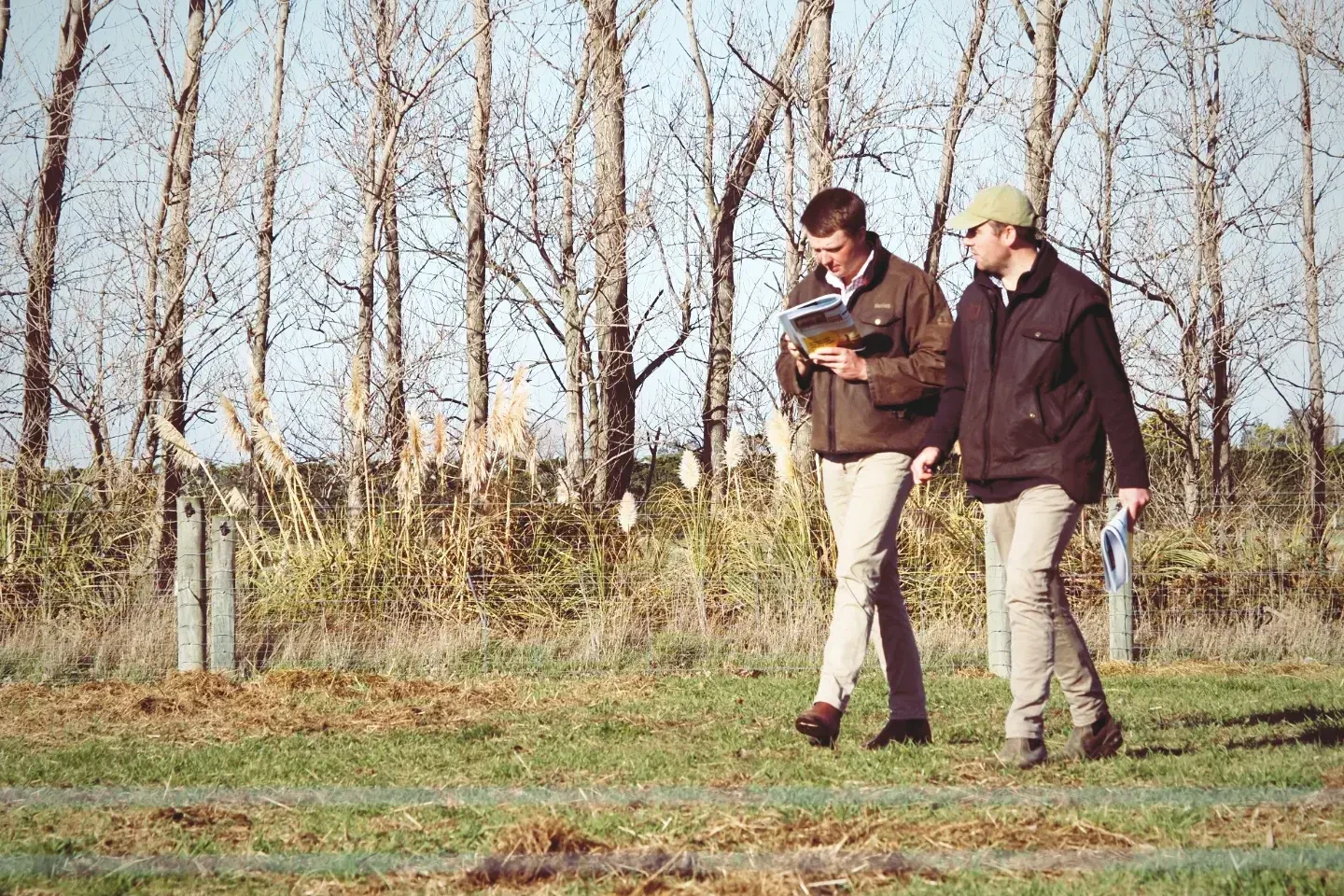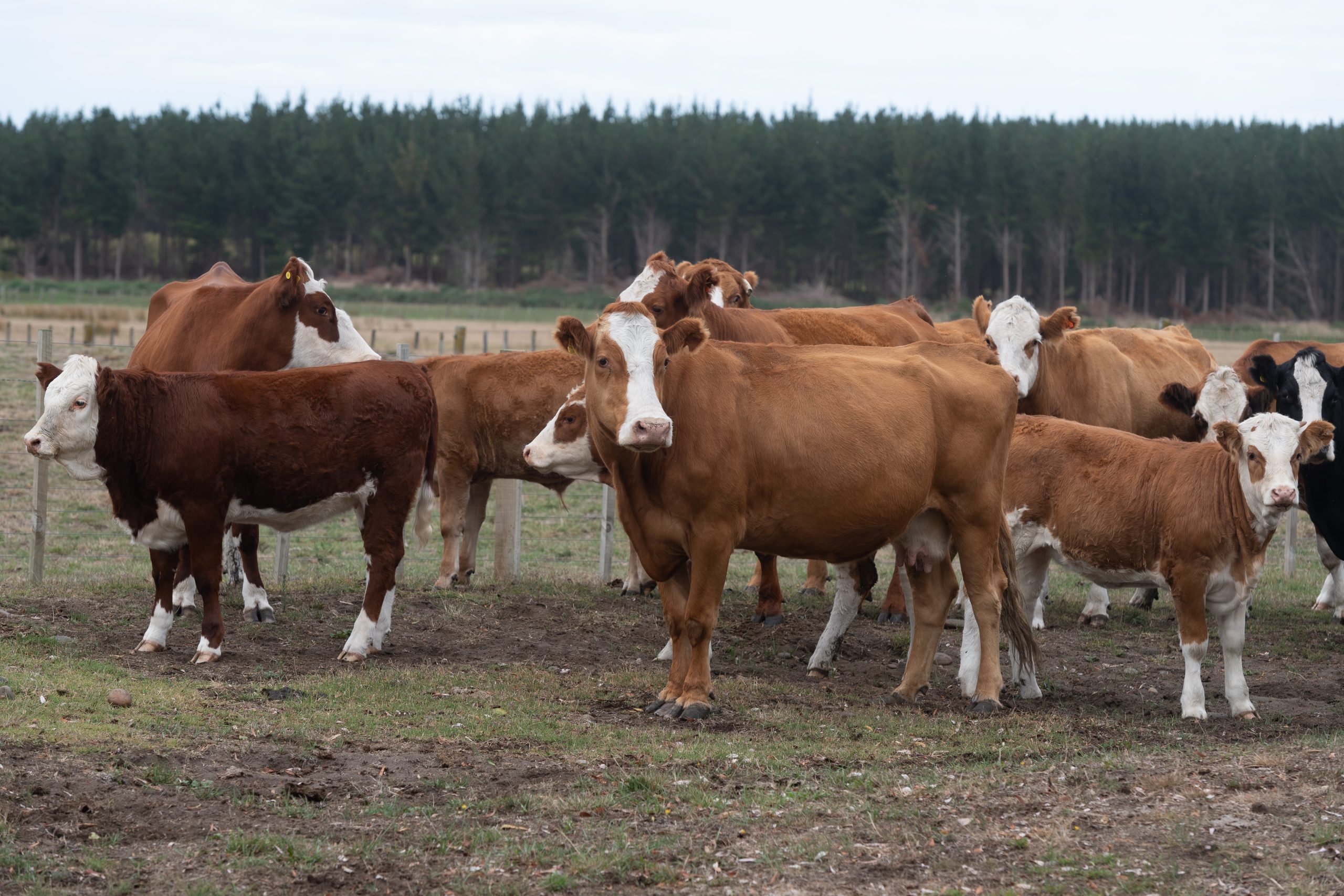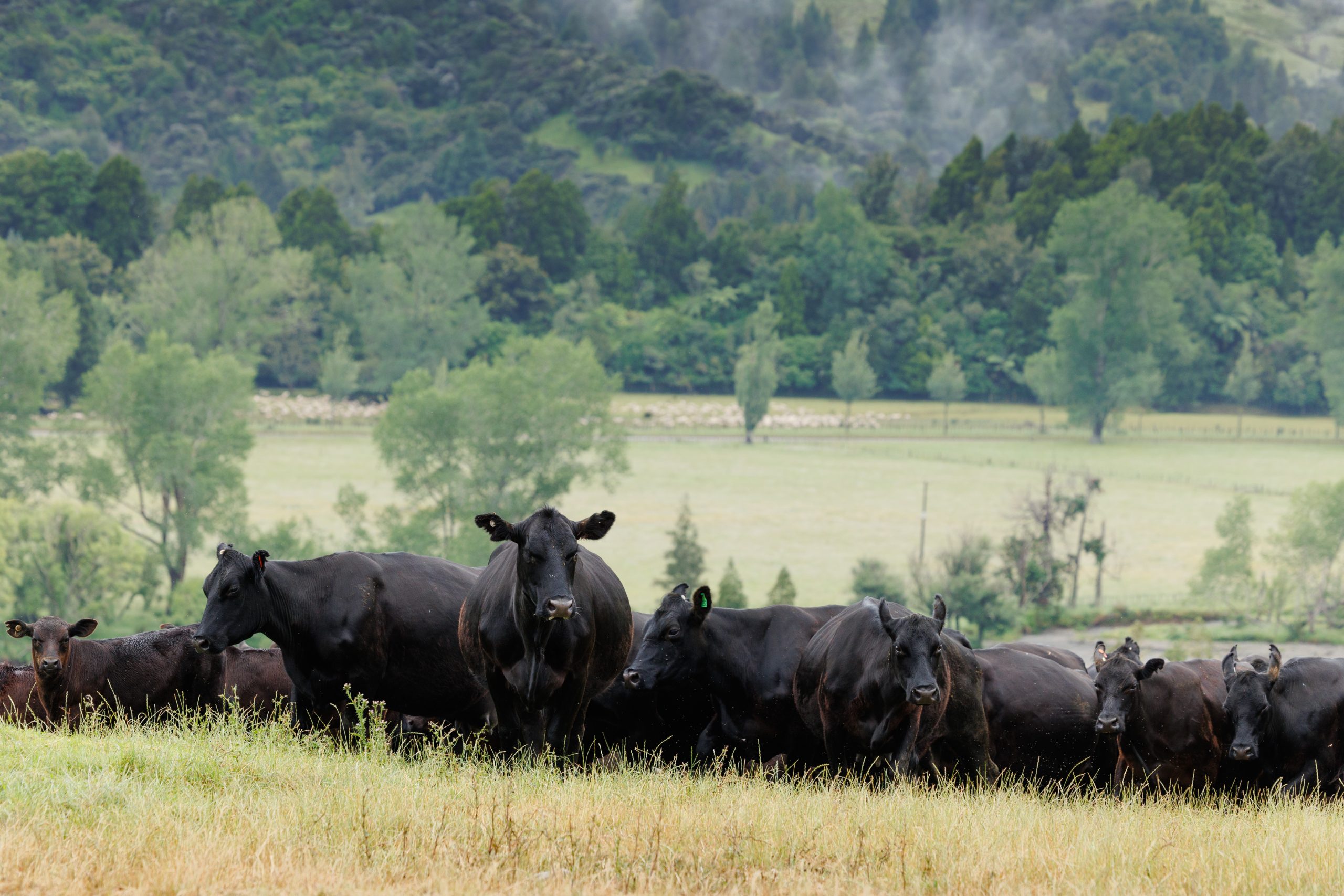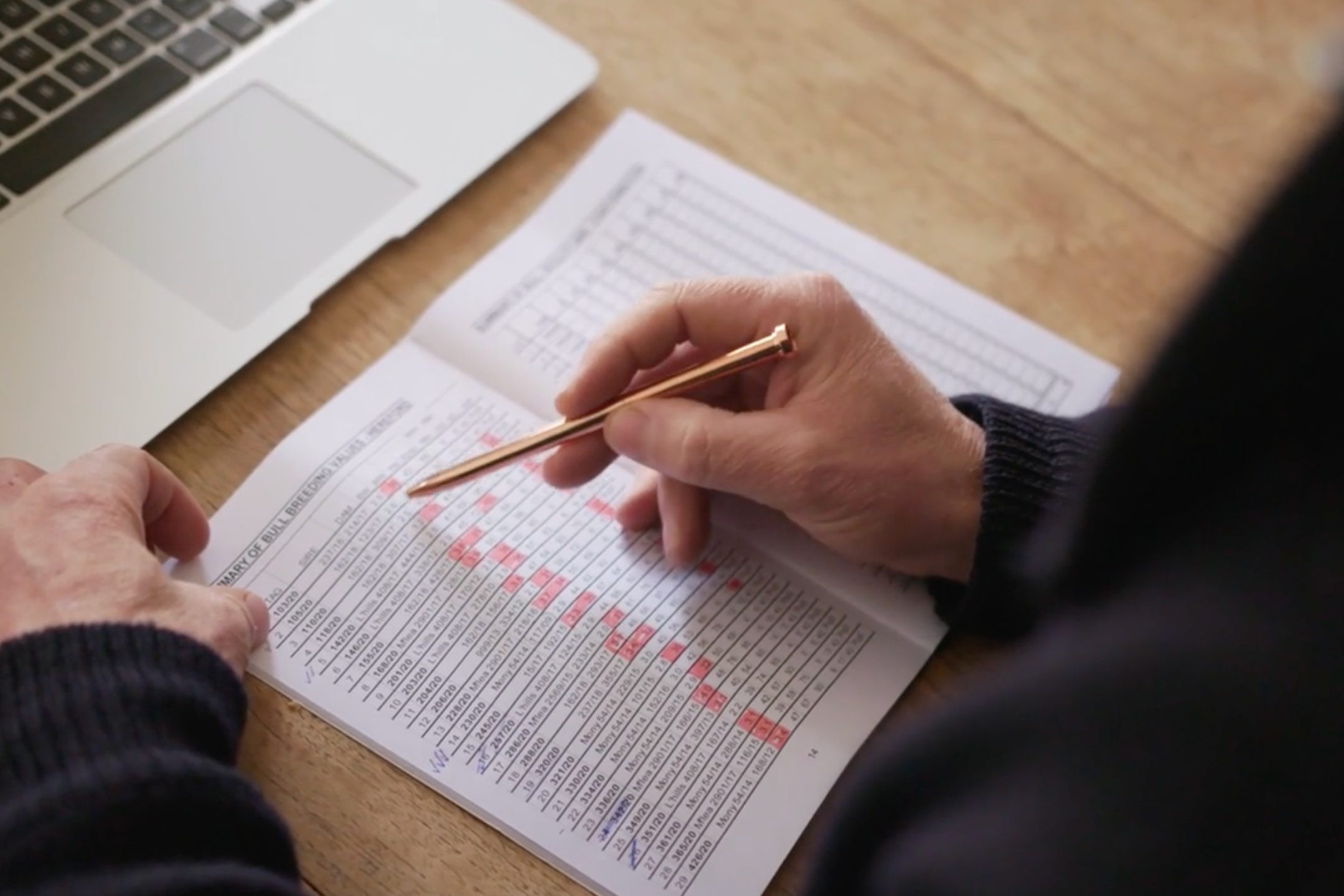Monitoring system trial highlights potential of wearable technologies
Over the past six months, cow monitoring systems have been trialled in two South Island beef herds as part of Beef + Lamb New Zealand’s Informing New Zealand Beef Programme. Words Sandra Taylor, Beef + Lamb New Zealand
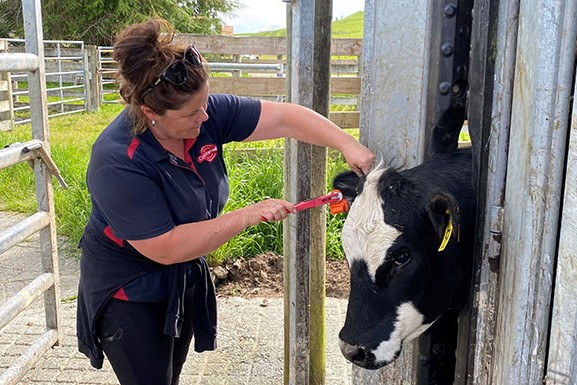
Commonly used in dairy herds, the CowManager electronic monitoring system was trialled on Jane and Blair Smith’s North Otago Fossil Creek Angus stud herd and Pāmu’s Kepler Farm (which hosts the B+LNZ Genetics Beef Progeny Test) with the aim of being able to gather more detailed information about fertility, particularly in heifers and heifers being re-bred for their second calf.
Dr Jason Archer, Beef + Lamb New Zealand’s Livestock Genetics Specialist, says as well as collecting the data, this trial was an exploration of the use of these types of wearable technologies in beef herds and the value they could potentially provide. On Jane and Blair Smith’s farm, 160 yearling heifers and 70 two-year-old cows wore the CowManager ear tags. These electronic tags monitored activity (including grazing, ruminating and walking) and temperature along with other variables. On Pāmu’s Kepler Farm, 126 yearling heifers and 54 two-year-old cows trialled the system.
Dr Archer says CowManager also has a fertility module which senses when a cow is cycling and this, in particular, was the information the Informing New Zealand Beef Programme was looking for. He says while the technology has proven its worth in the dairy industry, its use in beef herds has been limited, hence the six-month trial.
He says ultimately, monitoring systems should generate information about the age of puberty, conception dates and critically, when the first post-partum oestrous occurs, so how quickly the heifer can get back in calf after her first calf.
Dr Archer says while fertility seems to have relatively low heritability, the dairy industry has shown that when broken down into components, there is more potential to make genetic gain.
While the results of the trial have yet to be analysed, Dr Archer says it illustrates the potential offered by wearable technologies. “It is an exciting field and has the potential to generate a wealth of information about the reproductive performance of breeding cow herds. This would be of real value to stud breeders and ultimately benefit the wider beef industry.”

